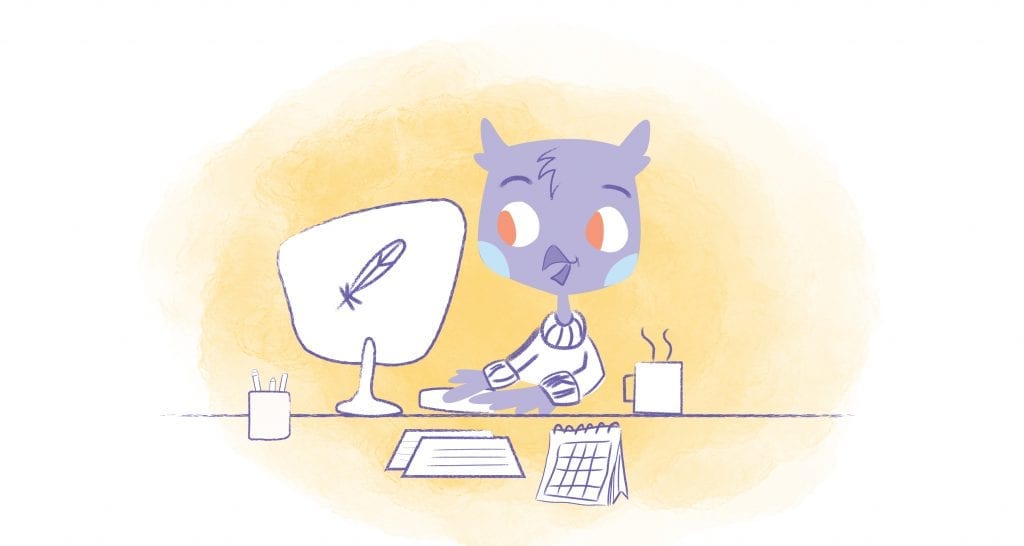

It’s easier today than ever before to find the email of anyone that you may want to reach. Whether you are trying to sell someone our product, or you want to try and develop a relationship with someone who works at a company you love, you can reach out to them via email.
Despite how easy it is to find these emails, though, many people do not reach out, or if they do, it is not in the most effective way.
For networking or learning purposes, there’s a fallacy that “impressive” people will not respond to our messages.
These people who we admire from afar used to be in our shoes. They likely had others who helped them along their journey and are often willing to give back.
For sales emails, there’s a train of thought that, because it’s so easy to find emails, the messaging doesn’t matter since we can just keep emailing new people. While increasing response numbers with bulk is logical, it doesn’t mean you should shy away from tactical improvements on open and response rates.
No matter the goal for sending emails, here are five tricks you can use to guarantee your emails get read:
1. Use email tracking tools.
There are some awesome tools that track when people open your email or click links within them. These can be extremely valuable when trying to elicit responses, because after sending an email, you’ll know whether someone actually opened it.
People who receive a lot of emails might not even see some of them. Knowing if, when, and even how many times an email was opened can help guide whether it makes sense to follow up or not with the recipient.
When you are sending in bulk, you should pay attention to the little details. For instance, crafting the right subject line, send time, and automation will be a continual refining process that you will optimize over time.
2. Know what time to send your emails.
The time that you send emails will impact response rates. Some people might tell you that there is one specific time that you should send all emails, but, in reality there are a few factors that make sense to consider.
First is what type of email you’re sending. Everything is context specific. If you are selling a product, you may want to be more aggressive. If you are going for an interview, you may want to be more courteous. There is a lot of data that exists about what times yield the best response rates, but when researching, be considerate of your specific context.
The second piece is who the person is that you’re emailing. If they live across the world, then the morning for you might not be the morning for them. Paying attention to the little details, like timing, will help you optimize your emails over time.
Sending early morning emails (which you can schedule!) tend to do well, but it’s very context specific.
3. Don’t be afraid to follow up.
People will frequently see an email and forget to respond. It rarely hurts to follow up. Especially if you ask nicely, people generally do not mind a gentle reminder. If anything, it shows you care a lot about having a conversation.
Even if they do not respond, there is no harm done. One or two follow ups tends to be least intrusive, but there are also examples like this guy who emailed the CEO of Snapchat eight times before a response.
4. Send enticing subject lines.
Some people might say that the subject line doesn’t matter much, but it’s absolutely crucial. When someone sees an email from you, the only information that they have in determining whether to open the email is your name and the subject line.
Creating a subject line that catches the reader’s attention can dramatically improve your open rates. Once you get the open rate up, you have to optimize the copy to convert the sale! When sending at scale, keeping track of which subject lines perform best will allow you to optimize over time.
5. Don’t worry too much about it.
If someone doesn’t respond it’s fine!
People are often nervous to send an email because there won’t be a response. But if you’re reaching out to someone that you don’t know, who cares if they don’t respond? You didn’t know them in the first place, so sending an email and not getting a response doesn’t change anything. Even if you do meet the person you reached out to, chances are they will not remember.
How to Guarantee Your Emails Get Read
Email marketing, in most contexts, is a numbers game. The more darts you throw, the better off you will likely perform.
That being said, there is a high chance people will not respond to your emails.
Instead of stressing, optimize your flow to not only increase response rates, but also efficiency in sending emails is a better use of energy.











Angela Ruth
My name is Angela Ruth. I aim to help you learn how Calendar can help you manage your time, boost your productivity, and spend your days working on things that matter, both personally and professionally. Here's to improving all your calendars and becoming the person you are destined to become!